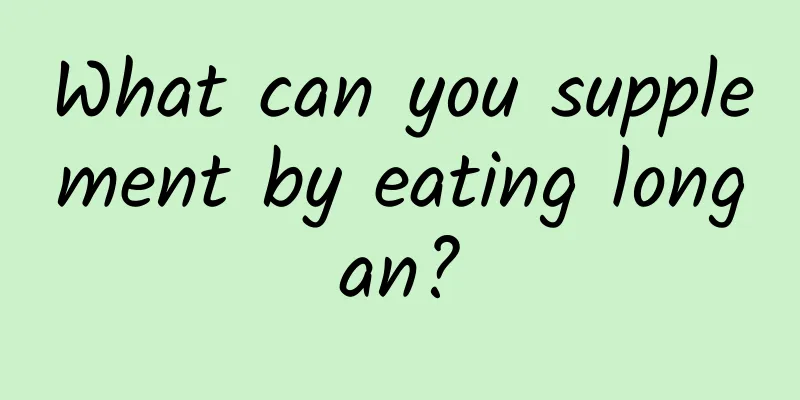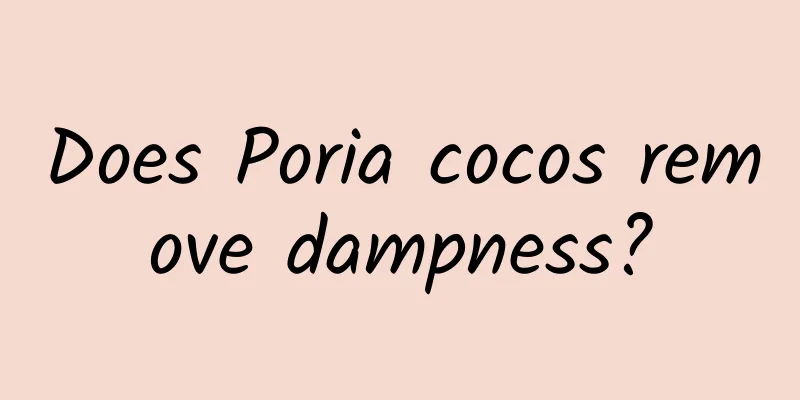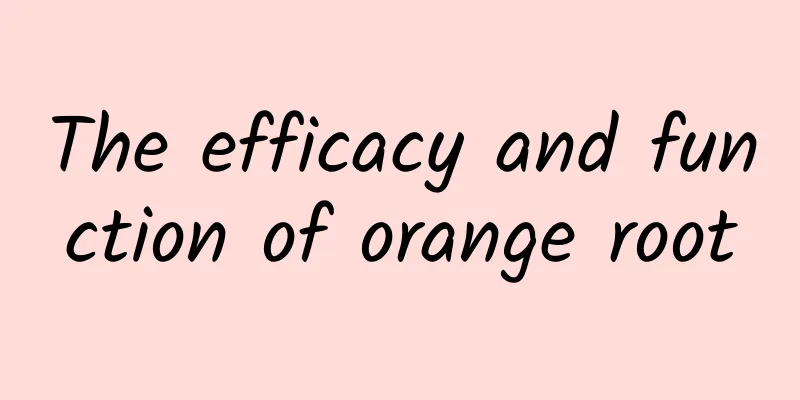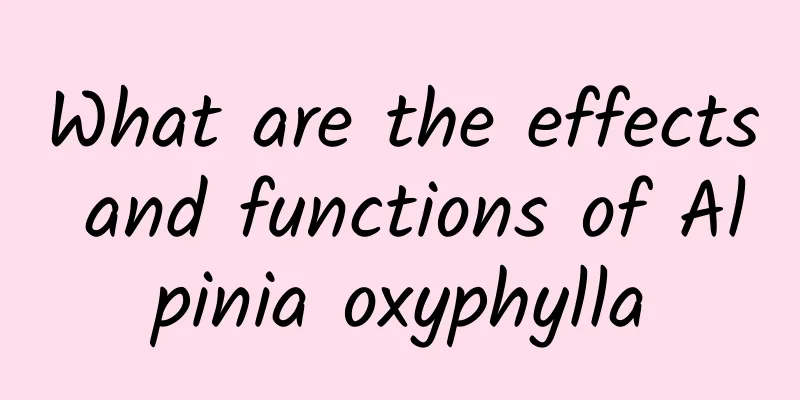How many types of air pollution are there and what are their causes?
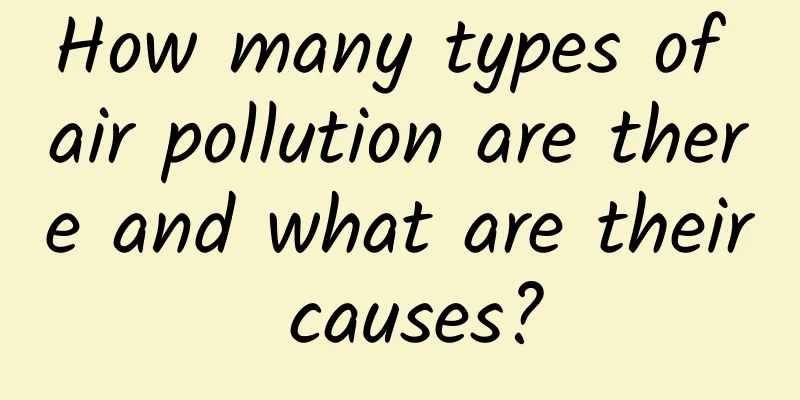
|
Air pollution can be divided into primary pollution, secondary pollution and combined pollution. 1. Primary pollution The sources of primary pollution can be divided into natural sources and man-made sources. Natural source pollutants refer to pollutants produced by nature, such as pollutants released by volcanic eruptions and plant releases. Man-made source pollutants refer to pollutants emitted by human production and life activities, including fuel combustion, industrial emissions, transportation emissions, and agricultural activities. Carbon monoxide (CO), sulfur dioxide (SO2), nitrogen oxides (NOX), PM2.5, PM10, etc. are usually emitted directly by pollution sources and are called primary pollutants. 2. Secondary pollution Secondary pollutants are defined relative to primary pollutants. Primary pollutants discharged into the environment change under physical, chemical or biological effects, or react chemically or photochemically with other substances in the environment to form new pollutants with physical and chemical properties different from those of primary pollutants. These are called secondary pollutants. Secondary pollutants are transformed from volatile organic compounds, nitrogen oxides, sulfur dioxide, ammonia, etc. Common secondary pollutants include sulfuric acid and sulfates, nitric acid and nitrates, ozone, acrolein, photochemical smog, etc. 3. Compound pollution From the 1970s to the 1990s, my country's air pollution control was mainly focused on smoke and sulfur dioxide emitted by coal burning, and preliminary control of nitrogen oxides began. In the process of air pollution control, coal smoke pollution, motor vehicle pollution and other pollution coexisted. In 1997, the concept of complex air pollution was first proposed. What is the formation process of atmospheric compound pollution? The combination of primary and secondary pollutants in the atmosphere leads to the generation of ozone pollution and particulate matter pollution. They have a long life span and are transported from upwind to downwind through regional transmission. Local pollution eventually leads to regional pollution and even severe pollution. In general, the above pollutions overlap with each other, and homogeneous reactions and multiphase reactions are coupled. The phenomenon of local and regional air pollution interacting with each other is called atmospheric complex pollution. In addition to various internal factors that cause pollution, meteorological conditions are important external factors that restrict the spread of atmospheric pollutants. The migration, diffusion, and transformation of pollutants in the atmosphere depend on the meteorological background. Changes in wind direction, wind speed, temperature, air pressure, humidity, precipitation, etc. will affect the temporal and spatial distribution of pollutants and air quality. High wind speed can reduce the concentration of particulate matter through horizontal transport and dilution diffusion effects. When the relative humidity of the air is low and no rainfall occurs, the secondary generation of particulate matter is strong, and the concentration of PM2.5 is often positively correlated with the relative humidity. However, when the air humidity is greater than 90%, rainfall is likely to form, which has a flushing effect on the particulate matter in the air, causing the particulate matter in the air to settle to the ground, resulting in a decrease in the concentration of PM2.5. |
<<: Today, let’s remember Mr. Qian!
>>: Why do vinegar and baking soda clean stains?
Recommend
The efficacy and function of black fern
As people's living standards improve, they pa...
Through carbon dioxide, scientists can "customize" your happiness
Do you think this article is about "Fat Hous...
The efficacy and function of Fritillaria thunbergii[picture]
Fritillaria thunbergii [picture] is a common Chin...
What are the effects of processed Shouwu
In today's life, many people will use process...
Effects of Licorice and Scutellaria Decoction
Licorice and Astragalus are two very common Chine...
Guizhou’s journey is to the top of thousands of mountains!
This may be the fastest changing province in Chin...
The efficacy and function of wrinkled sheep's feet
The Chinese medicine wrinkled sheep's foot is...
What is Aconite?
The medicinal material aconite is widely used in ...
Lemongrass Leaves
Many consumers see compounds such as "citron...
Why do some people say that the mountains on Earth are no higher than 20,000 meters?
Many people know that the deepest place in the wo...
The efficacy and function of lentil leaves
Traditional Chinese medicine is very helpful in t...
Can pine pollen be taken for a long time?
Pine pollen is a health food with high functional...
If you understand China’s economic history, you will know how the ancients lived!
This article was first published by Hunzhi (WeCha...
How to quickly expel kidney stones
If a person has kidney stones, he will often feel...
The efficacy and function of Dayangguan
Do you know Da Yangguan? It is a common Chinese m...

